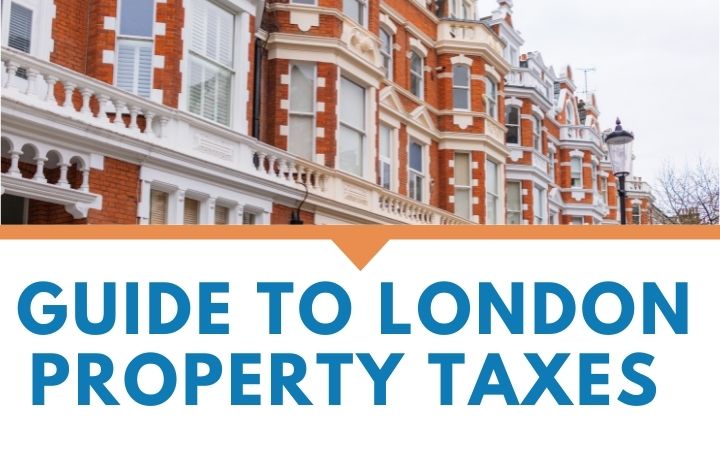Before you go, sign up to our free tax saving email course. Get 7 top property tax saving strategies in your email inbox that will help you save thousands in tax. Unsubscribe any time.
 Location is one of the most important factors when it comes to house prices. Apart from Sandbanks in Dorset,?London properties are the most expensive in the UK with a current average value of £467,000. In comparison, the average value of a property in the North East is £129,000.? These figures alone can show how much London landlords are affected by property taxes compared with the rest of the country. Stamp Duty Land Tax (SDLT)At the beginning of the pandemic the Chancellor announced a temporary reduction in tax rates subsequently extended to 30 June 2021. For landlords (and second home buyers) that amount is £500,000 taxed at 3%, the next £425,000 at 8%, the next £575,000 at 13% with higher amounts being taxed at 15%. From 1 July 2021 to 30 September 2021 there will be an increase in rates and expansion of bands before returning to the standard rates of £125,000 at 3%, the next £125,000 at 5%, the next £675,000 at 8%, the next £575,000 at 13% with the balance above £1,500,000 taxed at 15%. It can be seen that these rates have benefited London landlords disproportionately in comparison with the rest of the country. The impact will not have been felt by a landlord purchasing an average valued property in the North East, for example, as many houses would not have been subject to SDLT even before the temporary reduction. As such SDLT is not usually as much of a concern for those away from London and its surrounding areas. However, conversely, this does mean that after 1 October 2021, London and surrounding area landlords will revert to disproportionately paying more on purchase. Changes to SDLT for foreign buyers came into effect on 1 April 2021 whereby all non-UK resident investor landlords purchasing a residential property now pay an additional 2% stamp duty on top of the extra 3%. Foreign investors could be deterred from investing in London as a result of this measure but with the value of the pound remaining at an historic low it is not thought to be as much of a deterrent as it could have been. However, this measure has resulted in property prices slowing particularly in the high end London rentable properties. Restriction of Finance CostsArguably the most important tax measure that has affected London landlords more than those in other parts of the country has been the 2016 measure of restricting the amount of tax relief to 20 per cent. These provisions can lead to taxpayers who would otherwise be paying tax at the basic rate becoming higher rate taxpayers, once the finance costs are disallowed. London is known as having the lowest rental yield in any UK city; although rents are highest the nearer the property is to the centre of the capital so are the purchase prices such that yields are usually tighter. According to Hamptons estate agents, in the year to January 2021, while the average rent in outer London rose 6.2 per cent, in inner London it fell 15.9 per cent. Restricting interest relief has reduced those margins to such an extent that many London landlords have had their profit reduced to nil. The restriction reducing yields has also meant that some landlords find it difficult to get mortgages or to remortgage. Again the restriction will not have had as much an effect on properties outside of the capital where more landlords are basic rate taxpayers. It is for this reason that, again according to Hamptons, the North East remains the 'capital of buy to let with one in four homes in the region last year being bought by a landlord'.
|


 Tax Articles
Tax Articles